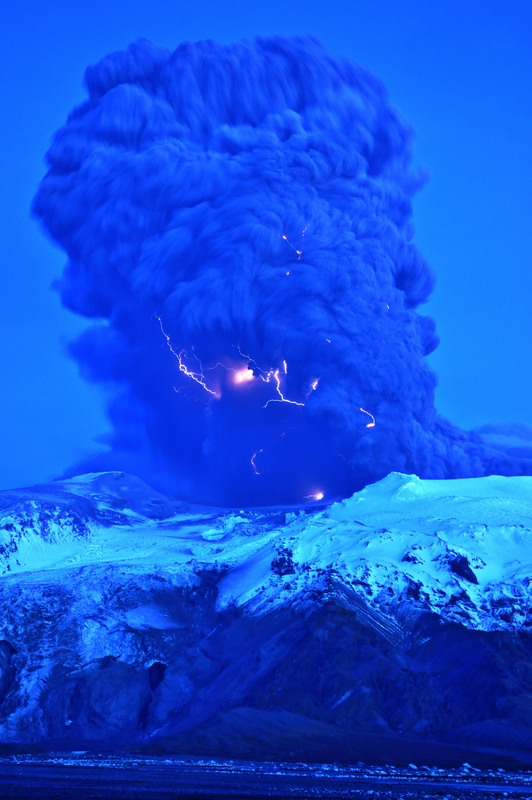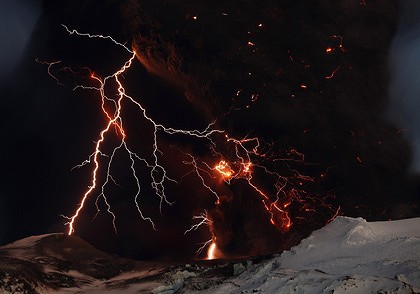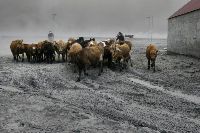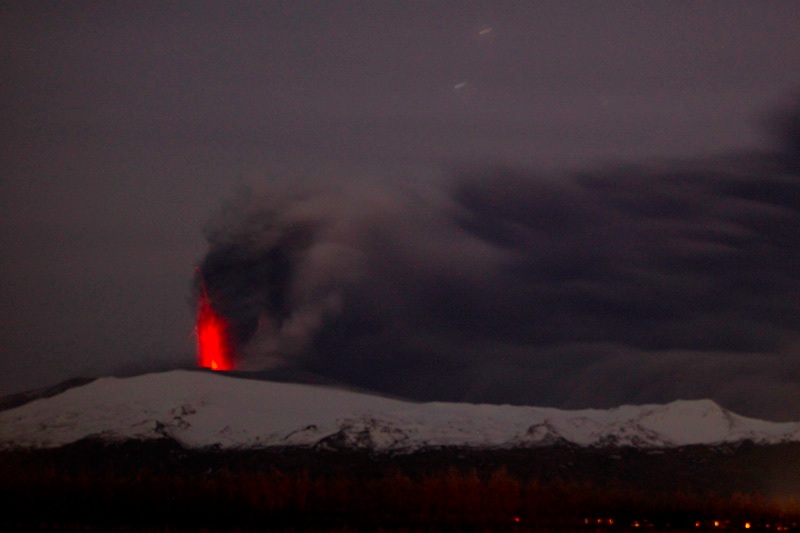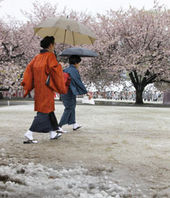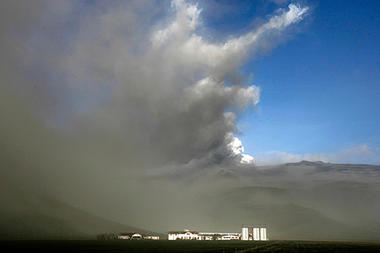
Clouds of ash from the Iceland volcano are forcing thousands of workers at farms near the Equator to down tools and robbing Kenya's flower and vegetable industry of $3 million per day.
The East African country freights 1,000 metric tons of roses, carnations, French beans, snap peas, and other produce daily on overnight flights to Europe. About 1/3 of the cut flowers sold in the European Union are grown in Kenya.
But the Kenyan, British, and Dutch airlines that fly from Nairobi have been grounded since Thursday, following flight bans due to risks to aircraft from volcanic ash spewing from Iceland's Eyjafjallajökull eruption.
Already $12 million worth of flowers and vegetables destined for European supermarkets have had to be destroyed or given away.
